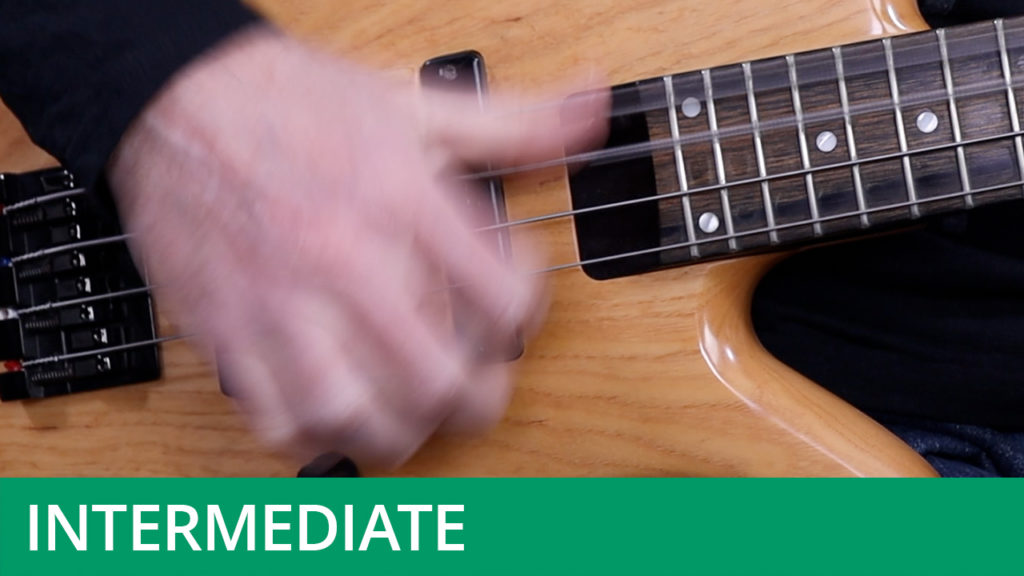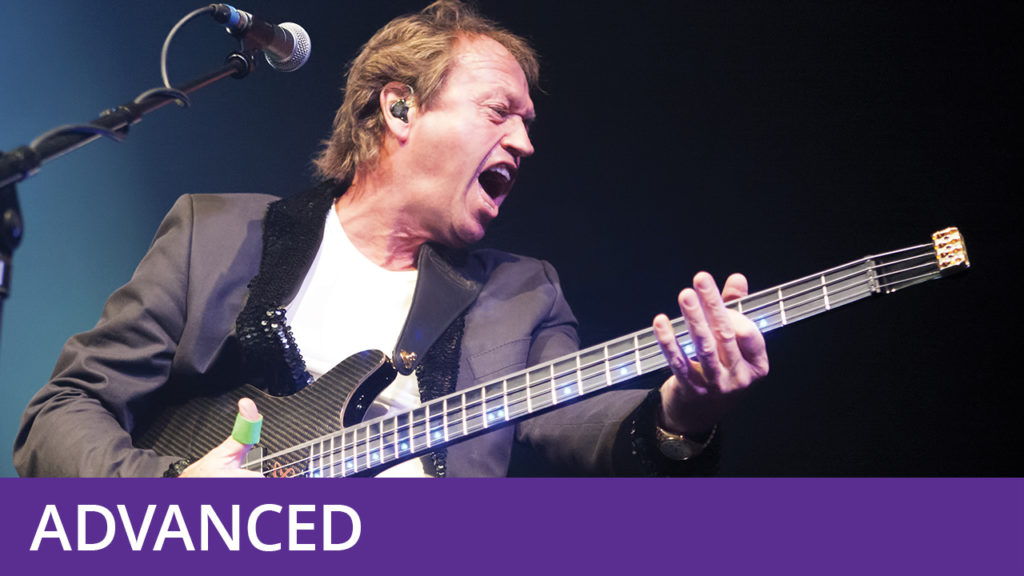Machine Gun Triplets
Course Duration: 23 Minutes | Difficulty Level: 5
Machine gun triplets are rapid-fire triplets performed using a combination of picking hand and fretting hand techniques. Whilst by no means an essential element of the slap bass technique, their careful use can certainly add some significant rhythmic excitement to a line.
Machine gun triplets are usually performed using a combination of slapped notes, popped notes and ghost notes performed with the fretting hand. Because the individual notes are being split between the two hands in various ways, it’s possible to play them very quickly. Bassists such as Stuart Hamm, Mark King, Marcus Miller and Les Claypool have all notably used machine gun triplets in their playing.
Don’t forget to hit the Download Resources button above in order to download the PDF worksheet and audio files for this course (available to subscribers only). The worksheet is available with TAB and without, for those who wish to give their reading skills a workout.



